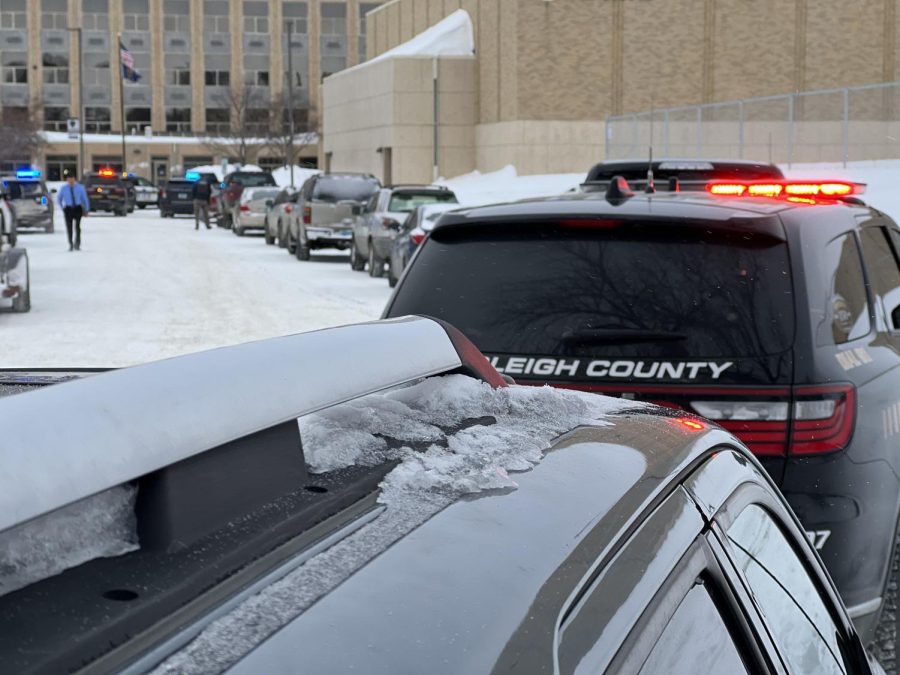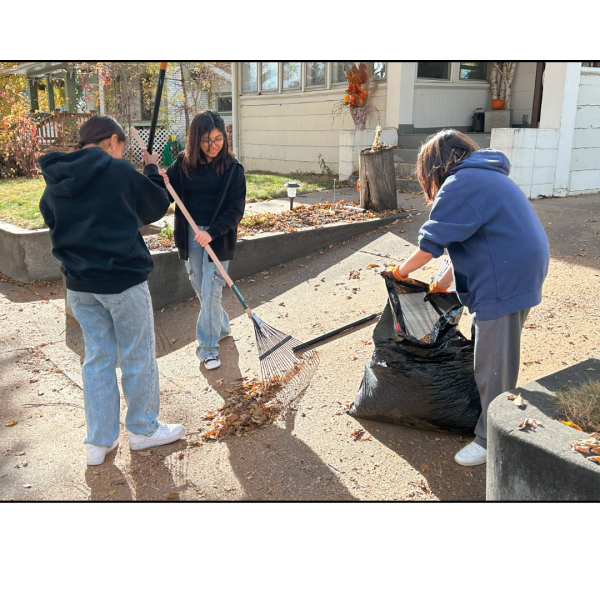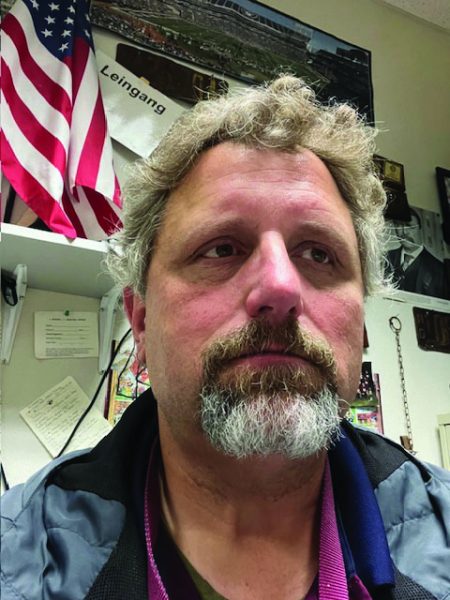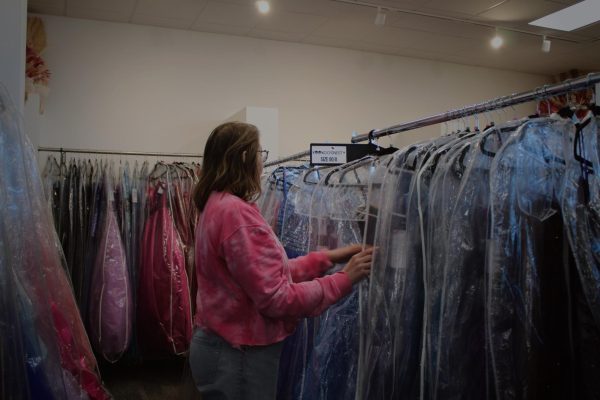Swatting brings new meaning for BHS students
Fake threat calls create unnecessary panic and misinformation.
KFYR-TV
Blocked in. Teams of police guard Bismarck High School’s grounds during the swatting event on March 2, 2023. These actions were put into place to ensure proper safety precautions. “There were officers all over the place,” BHS school resource officer Brett Anderson said. “Blocking down streets to make sure people were not coming into the building.”
In his 23 years of working at the Police department, school resource officer Brett Anderson has seen his fair share of false calls.
One of the most recent fake threats took place at Bismarck High School on March 2, 2023. It turned out to be what police call a ‘swatting’ incident.
“Swatting is when you make a false phone call to the police department,” Anderson said. “It happens all over the place.”
On March 2, BHS was one of a number of schools across the state and the nation to receive a swatting call. Police and school administrators take these calls seriously every time.
“It’s our job to keep the public safe,” Anderson said. “We have to take it seriously until we determine that it’s a false call.”
That meant students and staff went into lockdown mode while police searched every corner of the building. This took hours and left many students feeling worried.
“Until you’re told that everything is over with and that it’s not a serious situation, you have to take these things seriously,” Anderson said.
Reporting false information to emergency services has consequences. Certain types of swatting can be classified as terrorizing or different levels of misdemeanors.
“You’re causing people to fear for their life or other people’s lives,” Anderson said.
Fake calls also take police away from other areas and the time spent investigating fake threats comes with a hefty price tag.
“It’s also about the time and the money spent,” Anderson said. “All of these people that should be working on other important things are brought into one place, and the threat is not actually happening.”
Social media has made swatting more common.
“You can access social media and post anything at the drop of a hat, not knowing what the situation is or what’s going on,” Anderson said. “Once it goes out, people tend to believe what they read on social media.”
Anyone can access social media, meaning anyone can post misinformation easily. During the lockdown at BHS, Snapchat and Instagram were flooded with incorrect information.
“You have to be careful with the information you put out there,” Anderson said. “We don’t want to cause unneeded panic.”
To eliminate more misinformation being spread, the police department only releases information once they know it is correct. Even with a fake threat, this extra step of checking means answers are not instant.
“People also are just so used to having information at their fingertips, having answers for everything within seconds,” Anderson said. “We have to make sure that the information we’re giving out is 100 percent accurate.”
Anderson says it is important that everyone — from police to teachers, staff and parents – take all threats seriously. He says it’s better to be safe than sorry.
“We don’t make those lockdown calls just for anything,” Anderson said. “We have to make sure everything is safe, and it’s just better to take our time doing it and do it right.”
Your donation will support the student journalists of Bismarck High School. Your contribution will allow us to purchase equipment and cover our annual website hosting costs.






